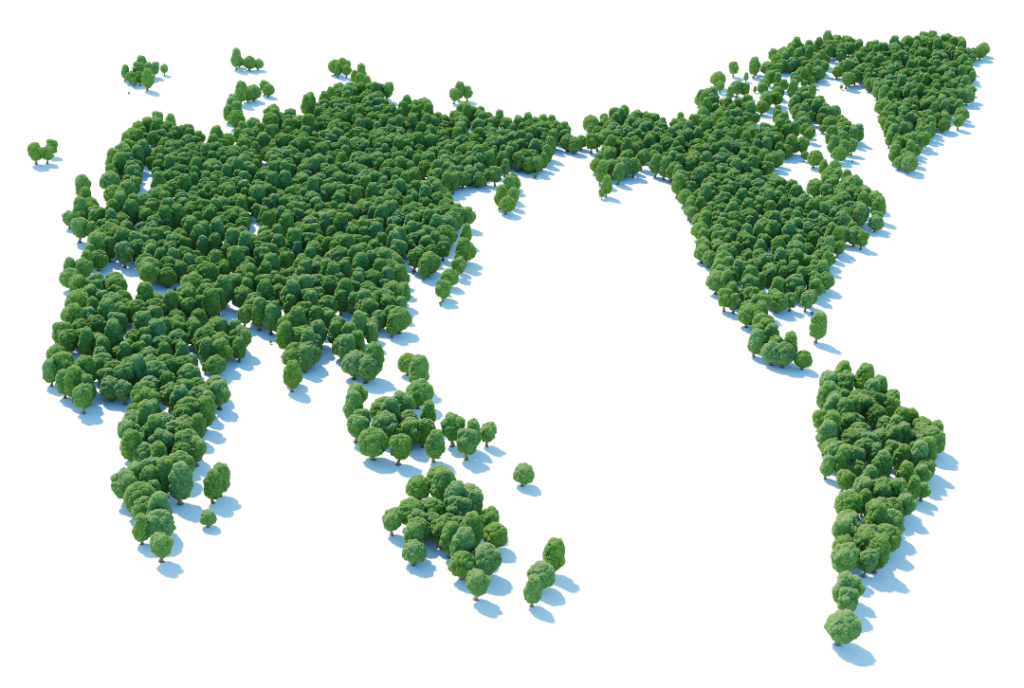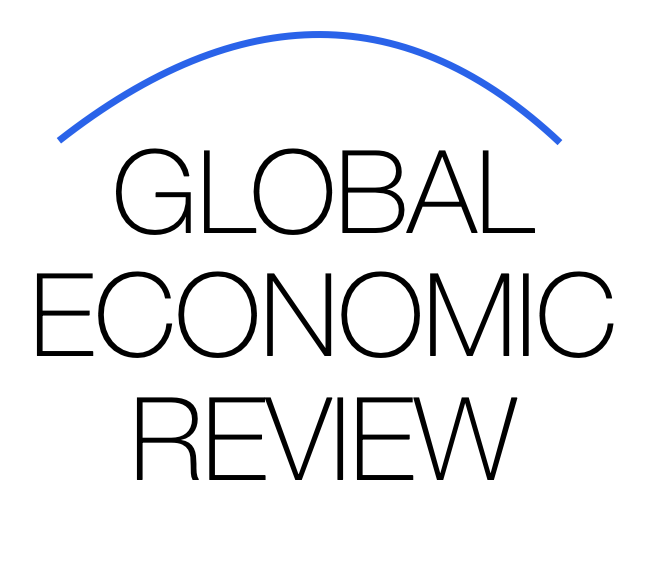Who’s Really Paying the Price for Global Emissions?

As the world races to combat climate change, carbon footprints have become a defining metric for environmental responsibility. But beyond the graphs, percentages, and annual emissions reports lies a more complex story—one that intertwines economic development, policy decisions, lifestyle choices, and historical accountability.
🌍 Understanding the Carbon Footprint
A carbon footprint refers to the total amount of greenhouse gases—primarily carbon dioxide (CO₂)—emitted directly or indirectly by individuals, companies, and countries. From powering homes and fueling vehicles to manufacturing goods and growing food, nearly every human activity contributes to carbon output.
🔥 The Global Divide
The burden of emissions is far from equally shared:
- Developed nations like the United States, Germany, and Japan have some of the highest per capita carbon footprints, driven by energy-intensive industries, transportation, and consumer habits.
- Emerging economies such as India and Brazil have lower emissions per person but are rapidly increasing output due to industrial growth and urbanization.
- China, the world’s largest emitter in absolute terms, plays a complex role—exporting goods globally while attempting to transition toward greener energy sources.
📉 Historical Emissions vs. Present Reality
Much of today’s climate imbalance is a legacy of industrialization by Western nations. While many developing countries seek the same economic growth, they face the challenge of doing so sustainably, without repeating the same high-emission path.
This tension often fuels debates over climate justice and who should pay for the transition to cleaner energy.
🏭 Key Contributors by Sector
Globally, emissions come primarily from:
- Energy production (coal, oil, natural gas)
- Transportation (cars, aviation, shipping)
- Agriculture (methane, land-use change)
- Manufacturing and construction
- Deforestation and land degradation
Each sector carries its own set of challenges and solutions, from renewable energy scaling to sustainable farming.
🌱 What’s Changing Now
With mounting climate pressure, global carbon footprints are starting to shift:
- Nations are adopting carbon pricing and emissions trading schemes.
- Businesses are investing in carbon offset programs and greener supply chains.
- Consumers are becoming more aware of their personal impact, driving change through sustainable choices—plant-based diets, electric vehicles, and reduced consumption.
🧭 The Road Ahead
Going beyond the numbers means understanding the human and systemic dynamics that shape emissions. It’s not just about cutting CO₂—it’s about rethinking how we live, produce, and consume on a global scale. The fight against climate change will be won not just in labs or legislation, but in homes, cities, and collective action across borders.
A smaller footprint requires a larger shift in mindset—and the time for that shift is now.
















